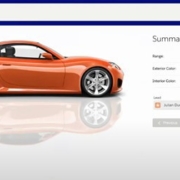Data mesh. This oft-talked-about architecture has no shortage of blog posts, conference talks, podcasts, and discussions. One thing that you may have found lacking is a concrete guide on precisely how to get started building your own data mesh implementation. We have you covered. In this blog post, we’ll show you how to build a data mesh using event streams, highlighting our design decisions, and the key benefits and challenges you’ll need to consider along the way. In fact, we’ll go one better: we’ve built a data mesh prototype for you to check out on your own to see what this would look like in action, or fork to bootstrap a data mesh for your own organization.
Data mesh is technology agnostic so there are a few different ways you can go about building one. The canonical approach is to build the mesh using event streaming technology that provides a secure, governed, real-time mechanism for moving data between different points in the mesh.








